Good News For Red Wolves: USFWS Celebrates Successful Red Wolf Pup Season and More Updates
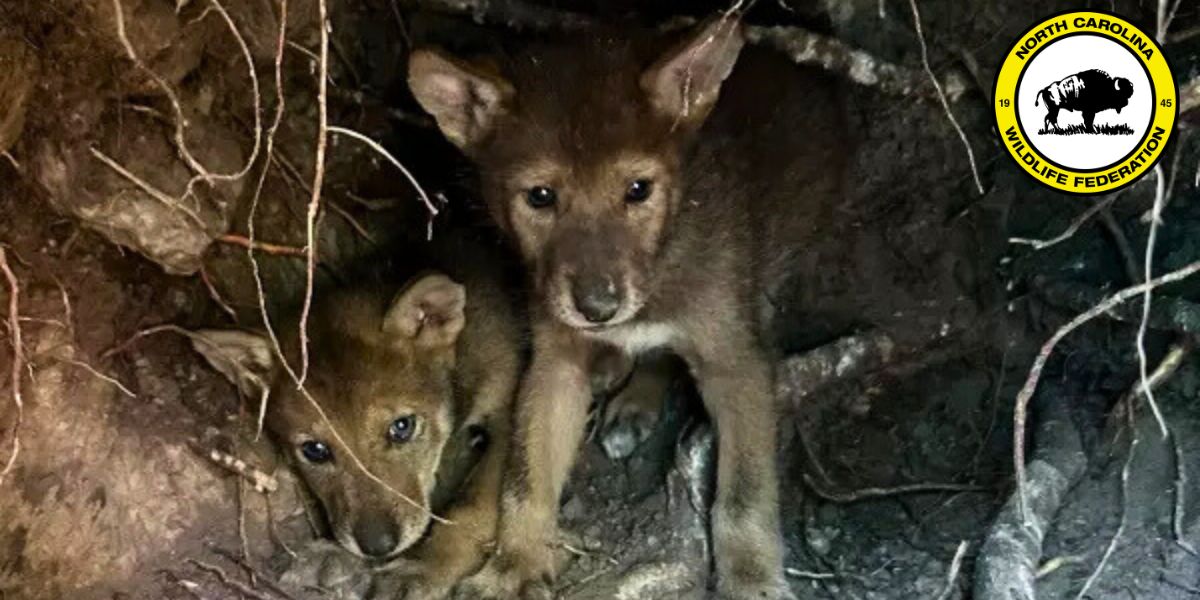
NCWF is excited to share the latest updates from the U.S. Fish and Wildlife Service’s Red Wolf Recovery Program, celebrating a successful pup season and continued conservation progress in eastern North Carolina.
This spring, at least 16 pups were born in the wild across multiple Red Wolf family groups. Based on current monitoring, estimates indicate that at least 10–12 of these pups remain on the landscape, which is a promising sign for the future of the species. Red Wolf pups are not collared until approximately one year of age, so they can be slightly more difficult to track during their first year.
Note: Red Wolves are referred to by identification numbers and an “F” or “M” denoting their sex as male or female.
You can stay on top of Red Wolf news by signing up for NCWF’s Red Wolf newsletter.
Milltail Pack (2503F and 2191M)
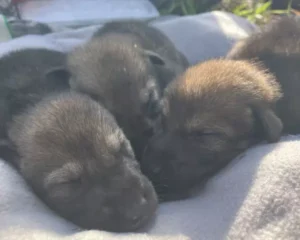
Pups from the successful breeding of 2503F and 2191M. Photo by USFWS
Early in the wolf bonding season, when males and females form potential mating relationships, it was reported that 2305F had usurped her mother as the breeding female of the Milltail pack. In 2024, 2191M was introduced to the wild at Alligator River National Wildlife Refuge from Wolf Haven International in Washington State, and he originally paired with 2225F, 2305F’s mother who was a wild female on the Albemarle Peninsula in eastern North Carolina. After the breeding season, 2305F took the place of her mother as the breeding female with 2191M. With this new pair bond and change in leadership for the Milltail pack, eight pups (four males, four females) were born in April of 2025 at Alligator River National Wildlife Refuge. At least five pups are confirmed to have survived to date. In a beautiful turn of events, 2225F (2305F’s mother) has been seen providing support to the new pups in the wild, a remarkable example of pack structure and wolf behavior.
Hopeful Legacy of 2443M
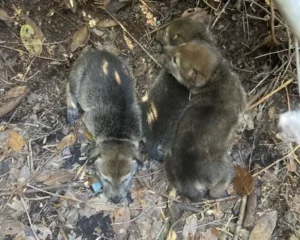
Red Wolf 2359F’s two week old litter of pups. Photo by USFWS.
In 2024, 2443M was placed in an acclimation pen, a fenced area where the wolves acclimate to the wild before release, in eastern North Carolina to possibly pair and breed with 2359F. Unfortunately due to uncontrollable circumstances, 2359F and 2443M (a hopeful breeding pair) were introduced to each other later than desirable during the bonding period in 2024. Because they did not produce a litter, USFWS chose to release 2359F back into the wild and keep 2443M in the acclimation pen. When the 2025 bonding and breeding season came around biologists found 2359F from the wild trying to reach 2443M inside the acclimation pen and decided to release 2443M in hopes of pair bonding and breeding. After a successful release and bonding, this pair produced three pups in April of 2025. Unfortunately, 2443M was tragically lost to a wolf-vehicle collision on Pocosin Lakes National Wildlife Refuge, however his legacy and genetic lineage lives on through these healthy, young offspring.
Rehabilitation of 2409F and Successful Breeding with 2371M
Following a leg injury and rehabilitation at N.C. State University, 2409F was paired with 2371M in an acclimation pen and gave birth to a litter of three, two of which have survived to date. The family group was released into the wild in May of 2025 and is thriving in the wild.
Firsts for the Red Wolf Recovery Program:
Cross-Fostering of Pups
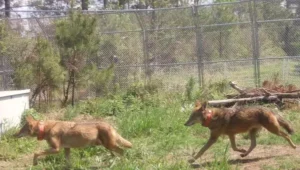
Red Wolves 2409F and 2371M in an acclimation pen on Alligator River National Wildlife Refuge prior to their release in late May. Photo by USFWS.
The wild Red Wolf pair (2412F and 2500M) produced six pups in April of 2025. In the first cross-foster effort in the history of the Red Wolf Recovery Program, three of the wild pups remained in the den while biologists removed three pups from the den to place in the Saving Animals From Extinction (SAFE) Program. In exchange, one pup produced by a SAFE pair of Red Wolves under human care was placed or ‘fostered’ into the wild litter. All three of the pups in the wild (two wild and one fostered) were confirmed to be thriving as of early August. The purpose of this cross-foster was to transfer desirable genetics from the wild Red Wolf population that is not currently present in the Red Wolves in facilities under human care, further improving the overall genetics of the species for the future.
Abdominal Transmitters Used to Track Red Wolf Pups
The Red Wolf Recovery Team, with help from Chowan Animal Hospital, inserted abdominal transmitters into Red Wolf pups this past season to track their movements and survival in the wild. This tracking tool has been used successfully with other wildlife species but is a new management tool to help the Red Wolf Recovery Team track the pups during the time between when they leave the den and when they are large enough to be fitted with a tracking collar. The transmitters were inserted when the pups were five weeks old with the help of a local veterinarian. This is another step toward the progress of understanding and monitoring the movements of the wild Red Wolf population in eastern North Carolina!
Red Wolf Center Breeding Pair Remains Together
At the Red Wolf Center in Columbia, North Carolina, two Red Wolves—2292F and 2445M—were introduced to each other during the 2023-2024 breeding season in hopes of forming a bonded, breeding pair. While this pair did show extensive interest in each other they did not produce young during this past breeding season; however, they will remain at the Red Wolf Center throughout the next breeding season with hopes of producing pups. This is the second year that this pair has been together as part of the Red Wolf SAFE Breeding and Transfer Plan, a collaborative effort to strengthen the genetic diversity of Red Wolves and support future releases of wolves into the wild. You can view this Red Wolf pair on NCWF’s enclosure and den cameras on our Red Wolf page.
The recent breeding and whelping season is a major milestone for Red Wolf conservation with the current number of Red Wolves within the SAFE Program at 280 individuals, with 18 known, collared Red Wolves in the wild, and an estimated total of 28-31 wild Red Wolves (collared and uncollared) on the landscape. Each Red Wolf pairing, pup birth, and successful fostering event represents hope for the species and is a direct result of dedicated efforts of staff, partners, and local landowners.
As a thank you to our members for supporting this amazing and important work, we are thrilled to share our newest video “A Future for Red Wolves” below.
Stay tuned for more updates as we move into a new and exciting season for Red Wolves!
Written by:
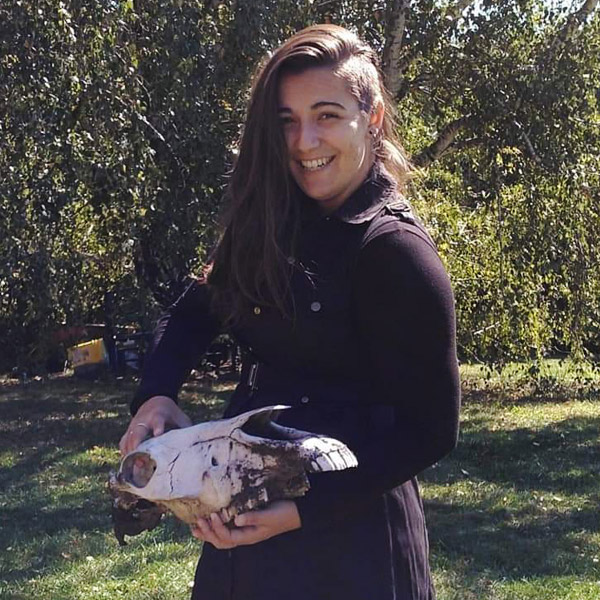
– Katerina Ramos, NCWF Red Wolf Education & Outreach Coordinator
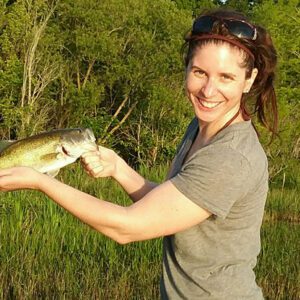
– Dr. Liz Rutledge, NCWF VP of Wildlife Resources

– Bates Whitaker, NCWF Communications & Marketing Manager

